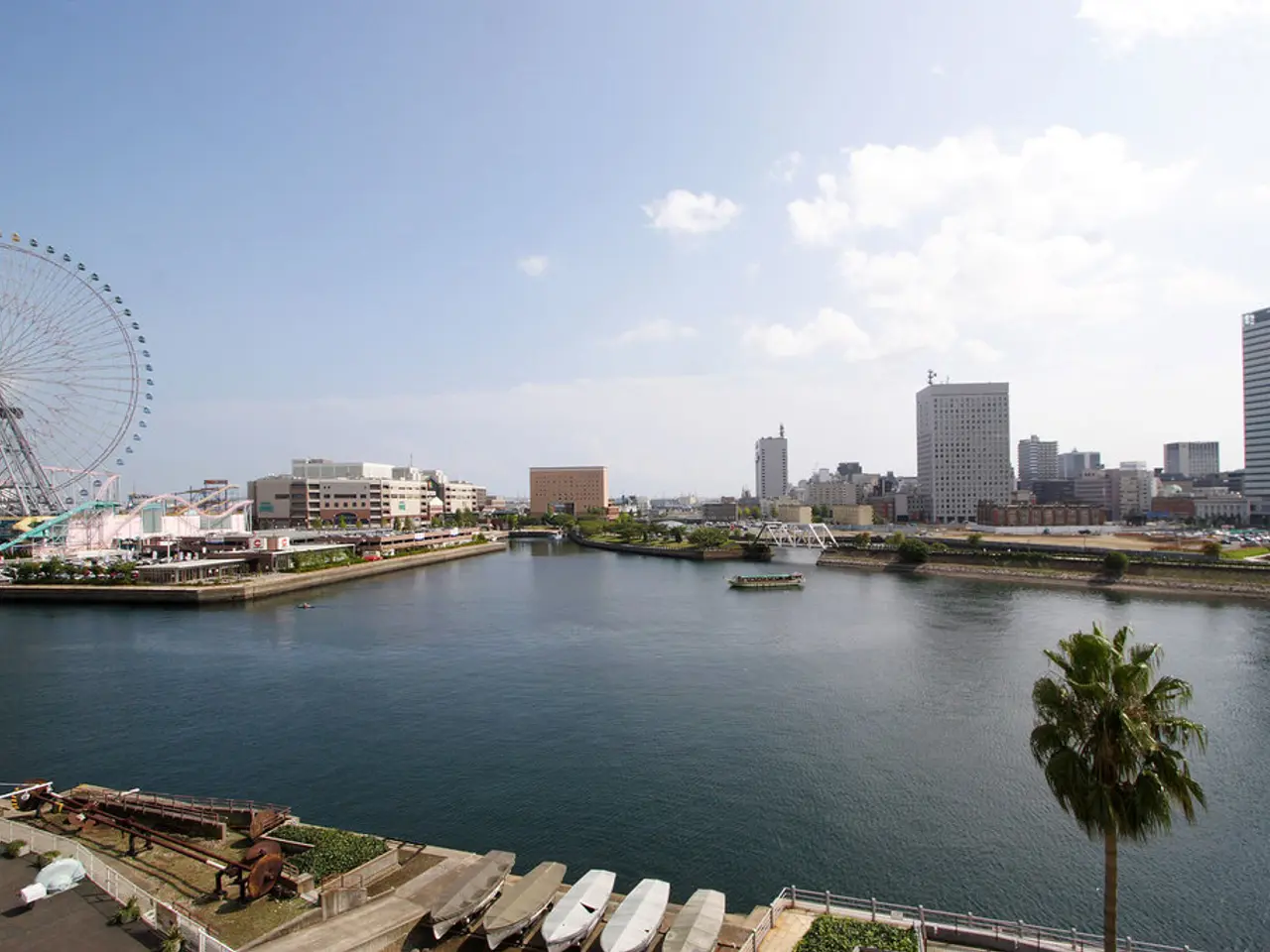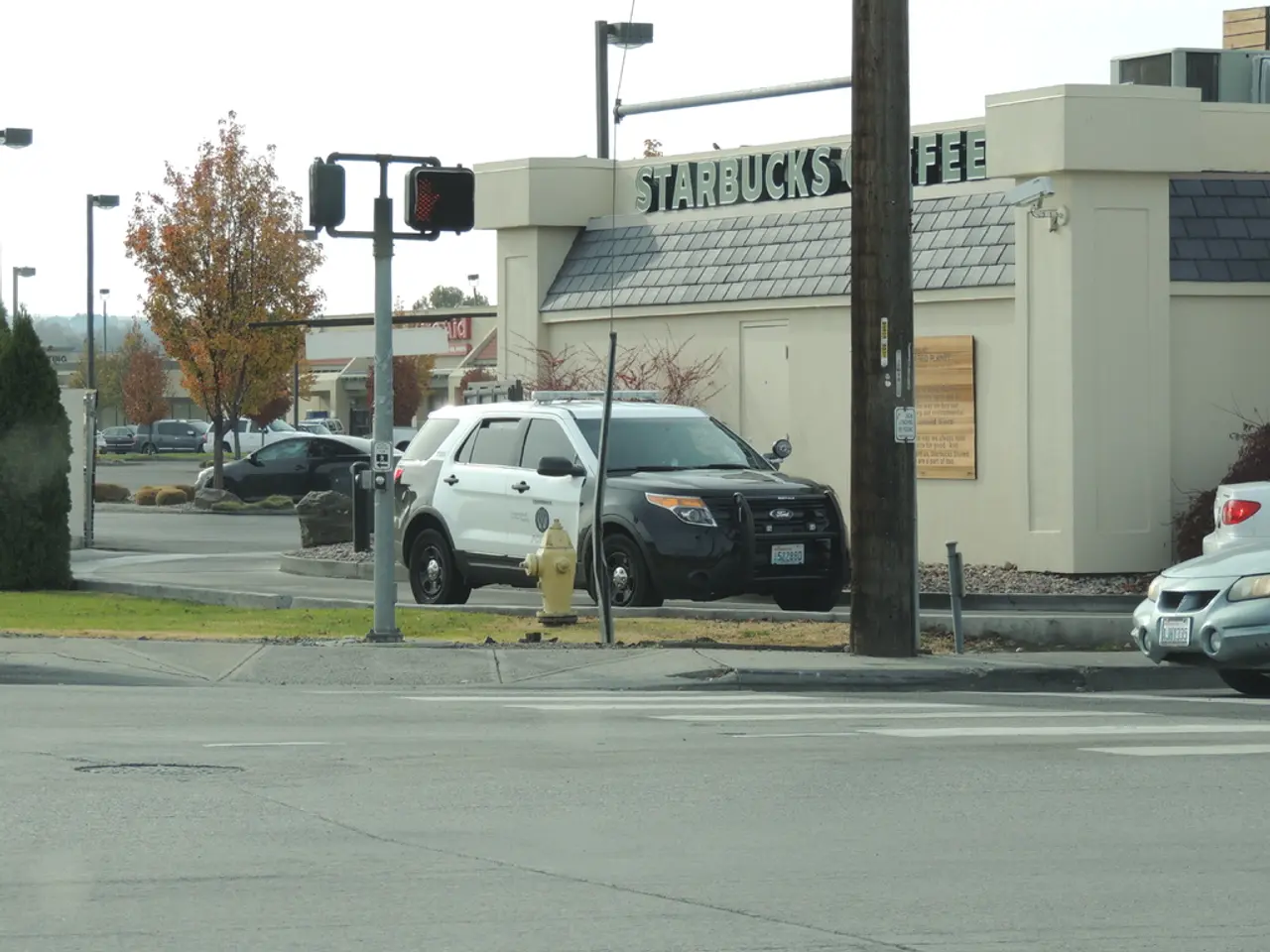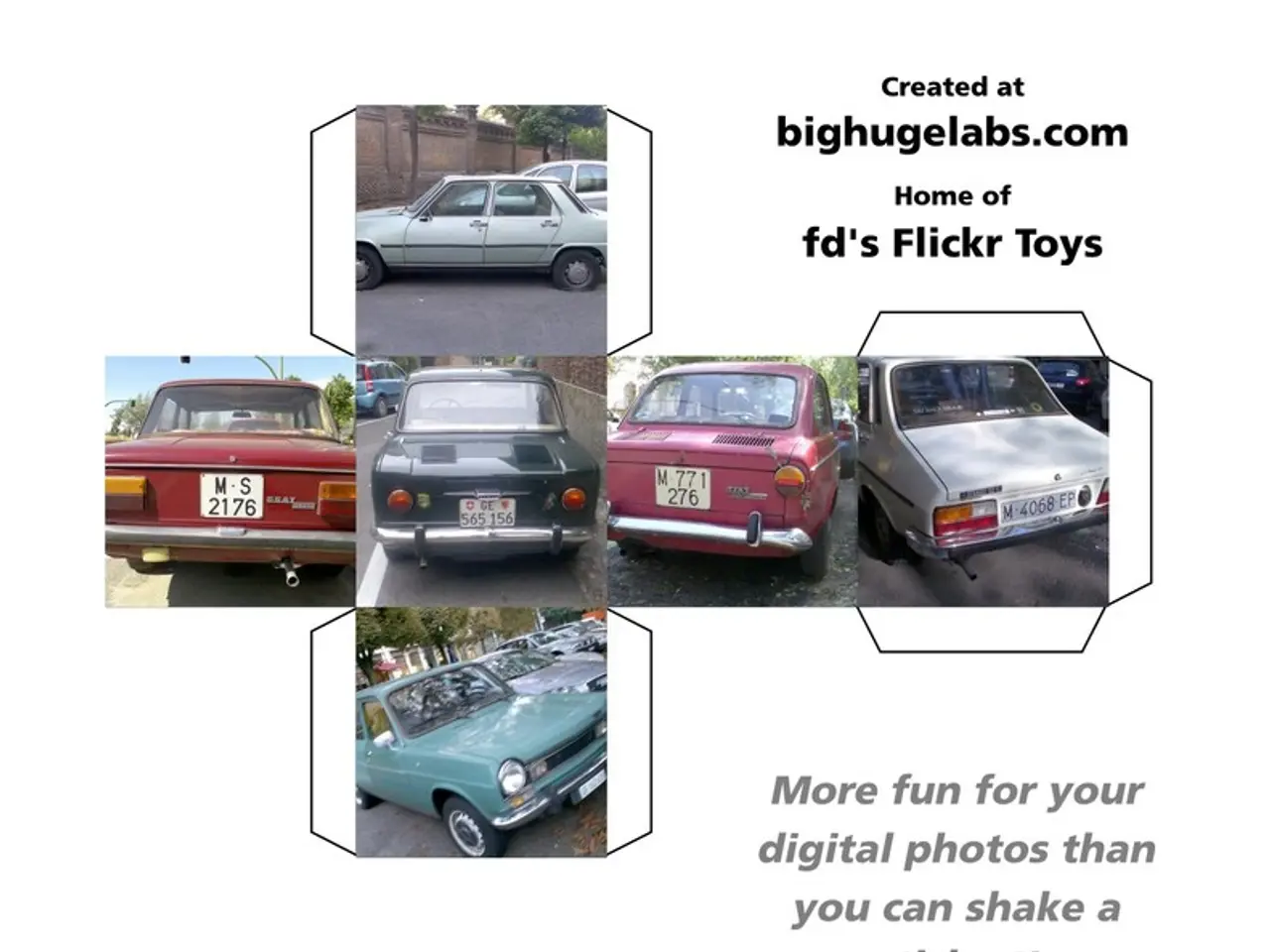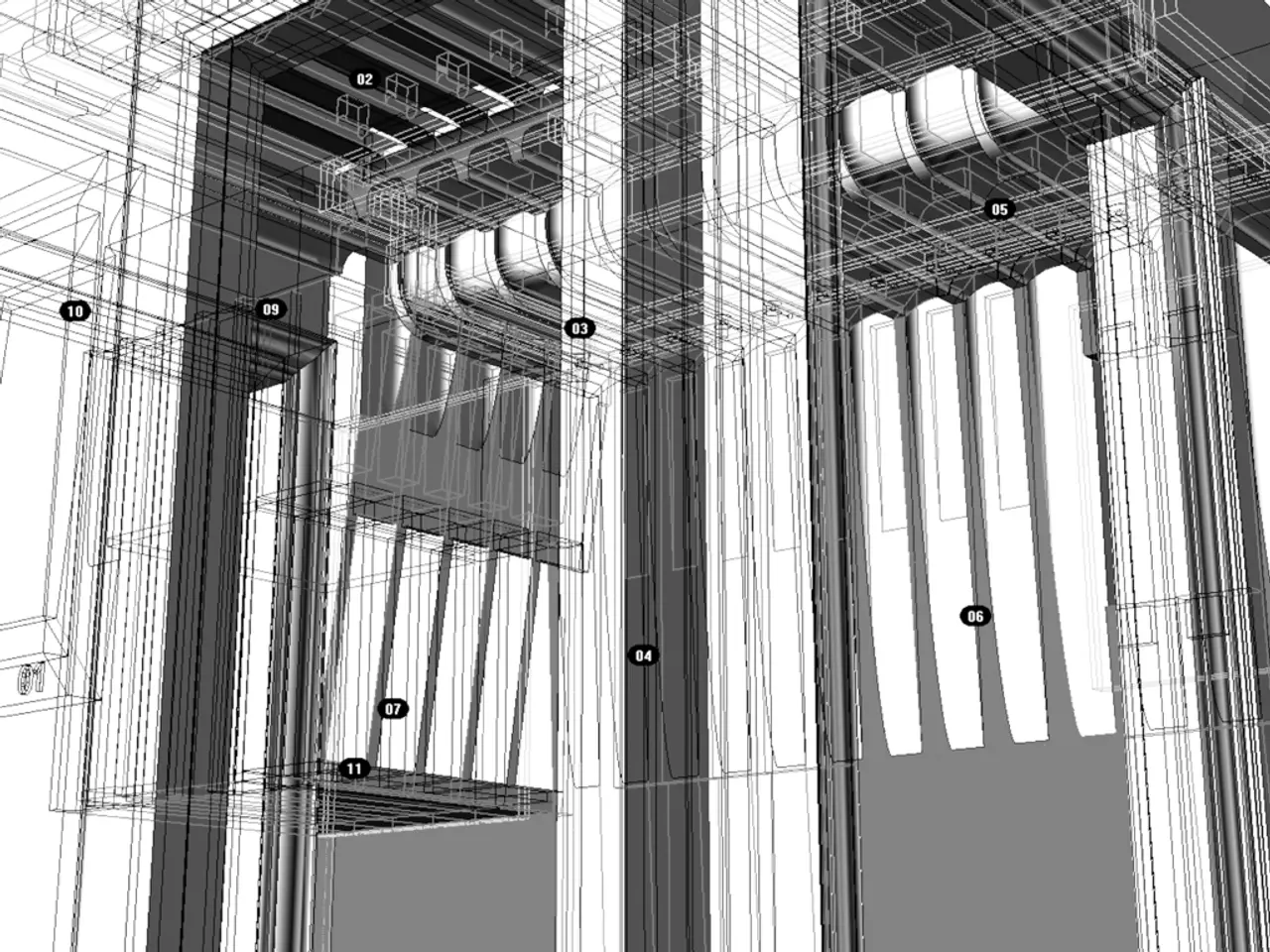Immersive Aerial Adventures in Virtual Reality: Forgoing Parachutes for Adrenaline-Pumping Thrills!
Virtual reality (VR) technology has revolutionized the way we experience extreme sports, and skydiving is no exception. VR skydiving offers an immersive, safe, and affordable alternative to traditional skydiving, making high-flying experiences accessible to a wider audience.
The VR skydiving experience replicates the sensation of skydiving by combining immersive 3D visual environments with physical simulations of skydiving motions. Users don a VR headset, which provides fully immersive, stereoscopic 3D visuals, replacing their outside view with realistic skydiving scenes. Physical interactions are enhanced by equipment such as harnesses and control handles that simulate parachute control, allowing users to feel and maneuver as they would during actual skydiving.
Some VR setups include wind tunnels and motion platforms that physically move in response to virtual descent, further enhancing the realism of the experience. For instance, indoor skydiving machines or specialized motion platforms generate airflow or simulate body movements to replicate the sensation of free-fall and flight.
The necessary equipment for an immersive VR skydiving experience includes:
- A VR headset: Provides fully immersive, stereoscopic 3D visuals.
- Parachute harness and control handles: These physical components mimic the feel of a parachute rig and allow the user to interact with the simulation by controlling their descent and maneuvering the parachute.
- Motion simulation platform or wind tunnel: Some systems integrate with indoor skydiving machines or specialized motion platforms that generate airflow or simulate body movements.
- Optional additional gear includes safety harnesses and sensors to track and synchronize the user's physical motions with the VR environment, enhancing realism and interaction.
Each virtual skydiving jump can take place in diverse locations, from cityscapes to open skies, and can be customized to various scenarios. The experience includes visual, auditory, and tactile sensations such as wind, freefall, and altitude changes.
However, motion sickness is a challenge for some users during extended VR sessions. Future developments in VR technology may address these issues, ensuring an even more comfortable and immersive experience for all users.
VR skydiving also offers multiplayer options, allowing users to skydive with friends or other users around the world. Virtual communities for skydivers are growing, providing opportunities for skydivers to connect, share experiences, and compete in virtual skydiving challenges.
For actual skydivers, VR can serve as a valuable training tool, allowing them to practice techniques, visualizations, and emergency procedures in a risk-free environment. As VR technology continues to evolve, the experiences offered by virtual reality skydiving will improve, providing a nearly indistinguishable experience from the real thing.
In conclusion, virtual reality skydiving offers a thrilling alternative to traditional skydiving, providing the same adrenaline rush without the risks associated with altitude, equipment failure, or weather conditions. As the technology advances, we can expect to see VR skydiving expanding into public spaces, theme parks, and adventure centers, making the experience more accessible than ever before.
The VR skydiving experience, driven by technology, allows users to replicate the sensation of skydiving through immersive 3D visual environments and physical simulations of skydiving motions, enhancing the realism of sports entertainment. In multiplayer mode, VR skydiving enables users to engage with friends or other participants worldwide, fostering virtual communities for sports enthusiasts.




